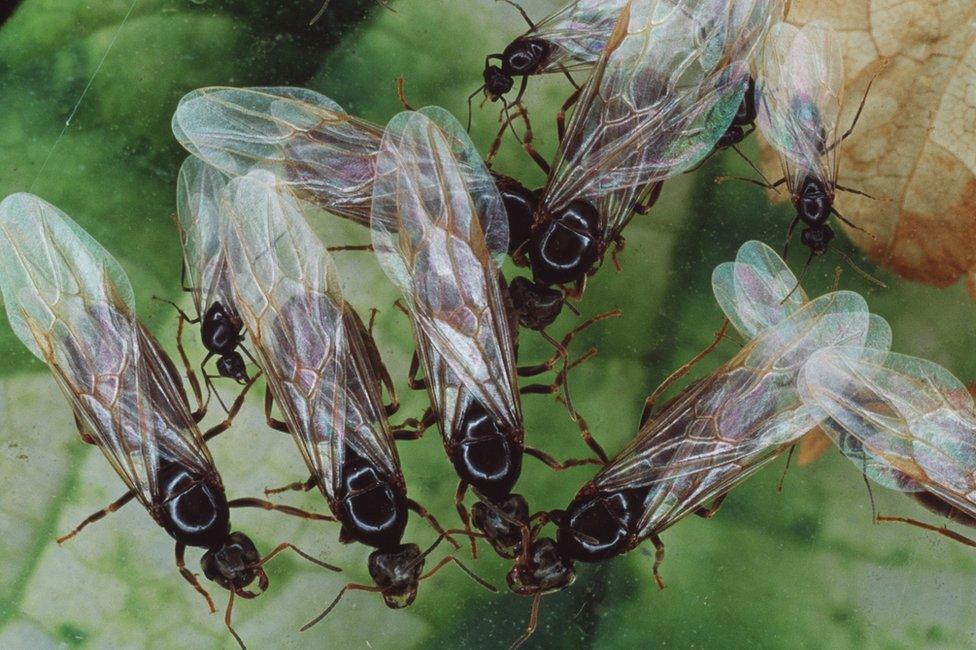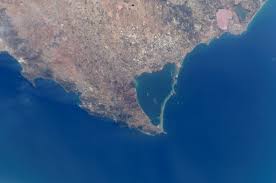
Introduction to Flying Ants Day
Every year during the warmer summer months, residents across the UK experience a peculiar yet fascinating phenomenon known as Flying Ants Day. This event captures the attention of many, drawing interest not only for the swarms of ants that take to the skies but also for the environmental significance of this occurrence. Understanding its relevance helps us appreciate the complexities of our ecosystem’s cycles and the vital roles insects play.
The Phenomenon of Flying Ants Day
Flying Ants Day typically occurs during July, coinciding with the warm weather that many Britons eagerly await. This year, reports indicated that Flying Ants Day peaked on 12th July 2023, with meteorologists attributing the swarming to the ideal climatic conditions following a period of warm sun and rainfall. On this day, it is estimated that billions of ants emerge from their nests across the nation, engaging in mating flights.
The major players in this natural display are males and new queens from various ant colonies. Males mate with queens during the brief swarming event, and afterwards, the males die, while the fertilised queens land to establish new colonies. This behaviour is crucial for the genetic diversity and survival of ant populations.
Ecological Impact and Public Perception
Although the sight of flying ants can be alarming to some, often associated with swarms around outdoor spaces, it is important to recognise their role in the ecosystem. Ants contribute to soil aeration, seed dispersion, and serve as food for various predators, making them vital to ecological balance.
However, the event has become a cultural phenomenon, often highlighted by media and shared on social platforms, causing mixed reactions. Many people enjoy observing the spectacle while others express discomfort with the flying insects invading their spaces. With rising urbanisation, flying ants sometimes swarm in gardens, affecting outdoor events. Despite their reputation, experts urge the public to appreciate this natural occurrence.
Conclusion and Future Considerations
The significance of Flying Ants Day extends beyond mere curiosity; it serves as a reminder of the interconnectedness of wildlife and urban life. As climate variations continue to influence the timings and occurrences of such natural events, understanding these patterns can be critical for both conservation efforts and urban planning.
Experts predict that as climate change progresses, natural events like Flying Ants Day may become more pronounced. Thus, fostering a respectful attitude toward all wildlife, including flying ants, is essential for maintaining ecological integrity and harmony within our environments. Awareness and appreciation of such phenomena ultimately enhance our understanding of the world we inhabit.
You may also like

Understanding When is the Shortest Day of the Year

Understanding the Mar Menor: Challenges and Conservation
